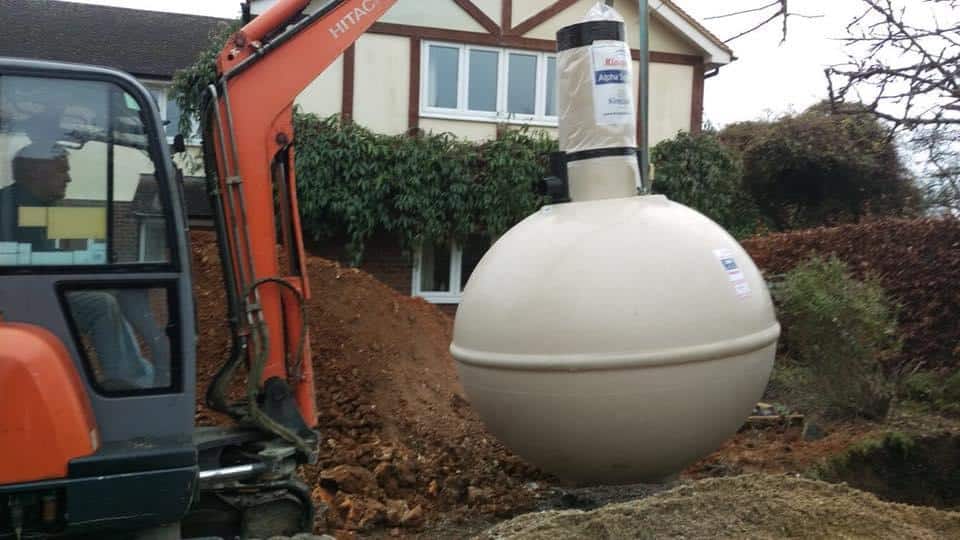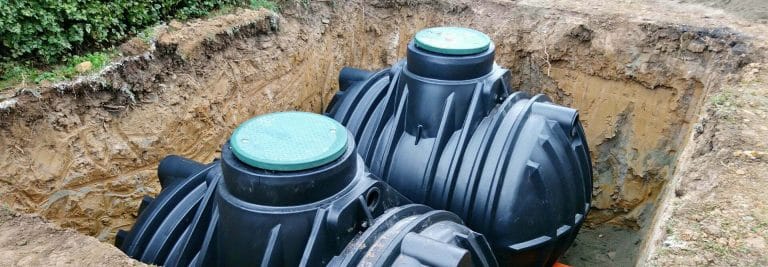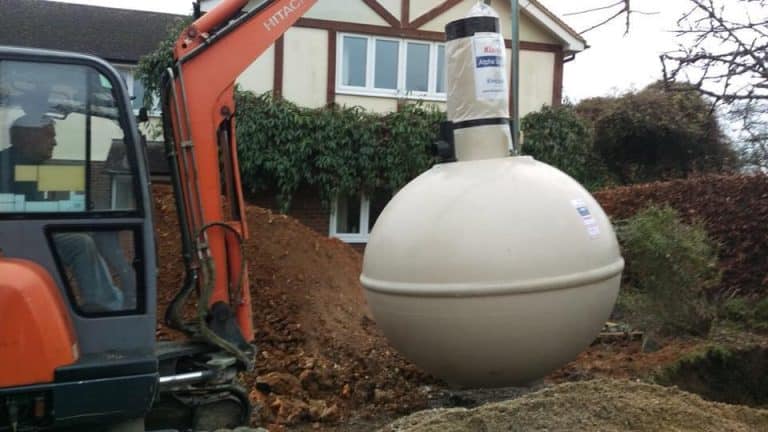Home » Septic Tanks
A typical septic system consists of two pipes (inlet and outlet) connected to the septic tank, and a drainage field (soil absorption field).
A septic tank is a water-tight container usually made of concrete or polyethylene, buried underground. The water is collected through the inlet into the septic tank, in which the solid and liquid waste is separated. A septic tank has two compartments and T-shaped outlet pipes, which does not allow the sludge to enter the drainage field.

Simply drop us a message below and we will be in touch
The septic tanks help in the digestion of the organic matter and separate the oils, grease, and solids substances from the water waste. The upper layer containing oils and grease is known as scum, the middle one is wastewater, and the last layer containing solids called sludge. Due to the presence of bacteria, the organic matter breaks down and releases water, which is drained easily.
The outlet takes the water to the drain field which releases the effluent (water) into the soil or the watercourses.
The drain field contains unsaturated soil which is shallow and covered. The water is discharged into the porous soil, which filters the wastewater. Percolation of the water takes place as it moves through the soil, eventually leading to the groundwater. If the water level increases in the drain field, it can overflow through the toilet or comes to the surface of the ground.
The alternative system consists of a pump chamber, which is also known as a pressure tank. It contains an electric pump that drains the effluent (wastewater) to the drain field for disposal. The pumps trickle the water through the sand, sludge, and other Media. It removes the disease-causing pathogens, phosphorous, nitrogen, and other contaminants from the water before draining it.

Process of installation of the Septic system:
For Gravity fed system / conventional system:












We care about trees and the environment, and we always aim to offer the best possible service to all our customers, residential or commercial – Simply call or submit the form opposite to get in touch with our team.
Simply enter your details and a member of our team will be in touch to arrange your no obligation Tree Inspection!